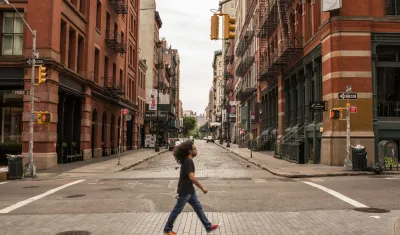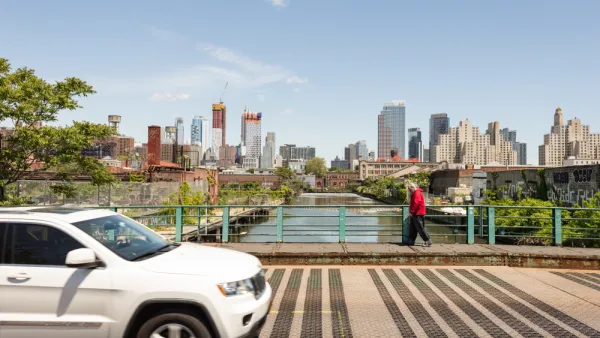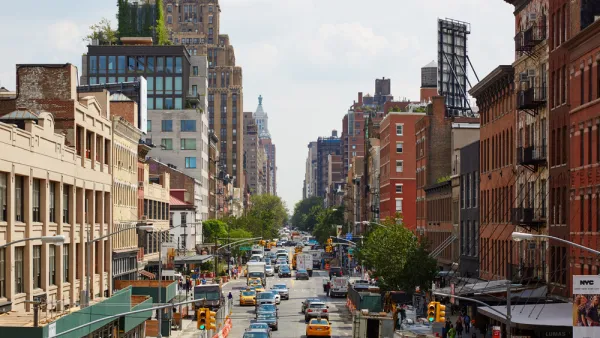New York City has completed a series of rezoning processes focused mostly on lower-income areas in the city. Here's what it would take to upzone wealthier parts of the city, and why the city should make it happen.

Pablo Zevallos reiterates the connections between land use policy and systemic racism, noting that the fundamental tools of planning have historically achieved goals of segregation and protection of white wealth at the expense of the economic and social mobility of BIPOC.
"Research has found that higher-income, mostly-white communities have the most restrictive land regulations, which limit the size and type of housing that can be built. Constraining supply – that is, by limiting how much, if any, multifamily housing can be built - drives up prices, thereby heightening racial and income segregation," explains Zevallos.
To counteract the poor racial and economic outcomes of the planning and zoning status quo, Zevallos presents the case for upzoning in wealthy, mostly white neighborhoods. Even New York City, the poster child for density in the United States, has spent recent decades upzoning neighborhoods populated by low-income people of color, while downzoning mostly white, wealthier neighborhoods. The status quo narrowly survived a challenge in the courts this month.
Zevallos even identifies the suggested tools for the job. First, there's the city's mandatory inclusionary housing policy. According to Zevallos, "applying mandatory inclusionary housing in wealthy, majority-white neighborhoods facilitates reaping the benefits of integration, of which there are many."
The other idea is for the city to modify the city's community preference policy.
The concept behind the policy sounds simple: residents of the community district – that is, the boundaries of the neighborhoods a given community board serves – get 50% of the affordable housing built within said community district. However, given the intense residential segregation between neighborhoods, this policy also codifies segregation, and it stacks the odds against a resident applying for affordable housing outside of their own neighborhood.
As noted by Zevallos, Open New York, a volunteer group working to change the city’s zoning laws to allow for more housing, has already drawn up a rezoning plan that would enable the construction of 700 affordable units in SoHo and NoHo, one of the wealthiest neighborhoods in the city. Other elected officials have plans to require inclusionary housing in any new development in the city, according to Zevallos.
FULL STORY: To increase racial justice, upzone for equity

Analysis: Cybertruck Fatality Rate Far Exceeds That of Ford Pinto
The Tesla Cybertruck was recalled seven times last year.

National Parks Layoffs Will Cause Communities to Lose Billions
Thousands of essential park workers were laid off this week, just before the busy spring break season.

Retro-silient?: America’s First “Eco-burb,” The Woodlands Turns 50
A master-planned community north of Houston offers lessons on green infrastructure and resilient design, but falls short of its founder’s lofty affordability and walkability goals.

Test News Post 1
This is a summary

Analysis: Cybertruck Fatality Rate Far Exceeds That of Ford Pinto
The Tesla Cybertruck was recalled seven times last year.

Test News Headline 46
Test for the image on the front page.
Urban Design for Planners 1: Software Tools
This six-course series explores essential urban design concepts using open source software and equips planners with the tools they need to participate fully in the urban design process.
Planning for Universal Design
Learn the tools for implementing Universal Design in planning regulations.
EMC Planning Group, Inc.
Planetizen
Planetizen
Mpact (formerly Rail~Volution)
Great Falls Development Authority, Inc.
HUDs Office of Policy Development and Research
NYU Wagner Graduate School of Public Service




























